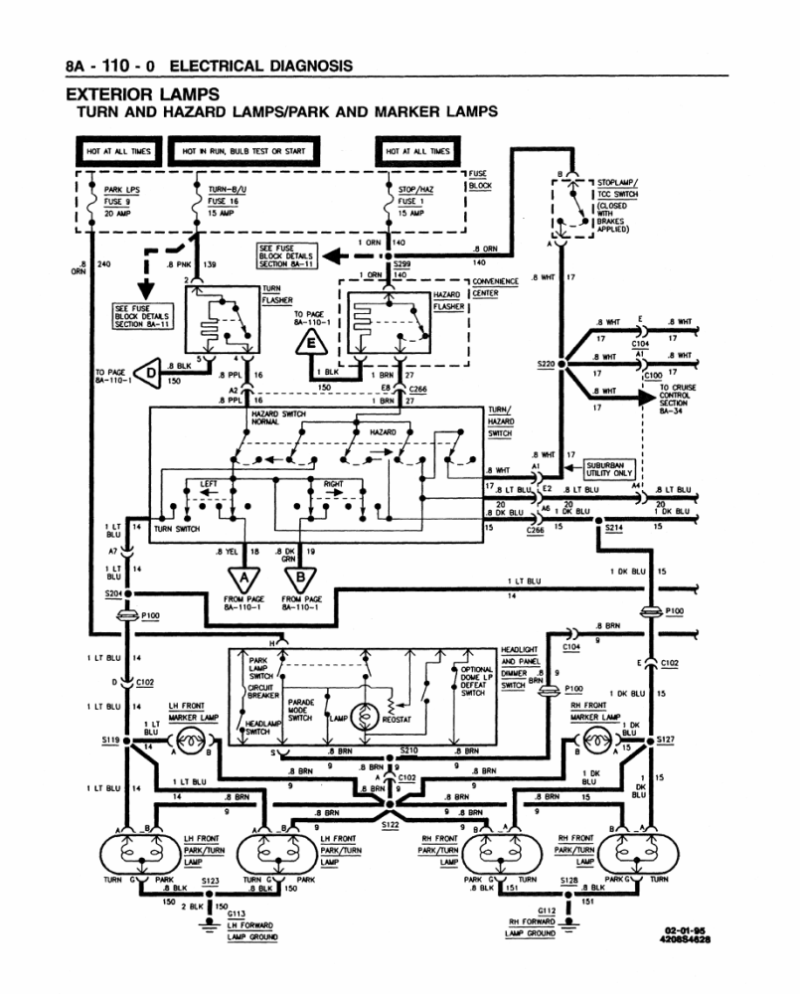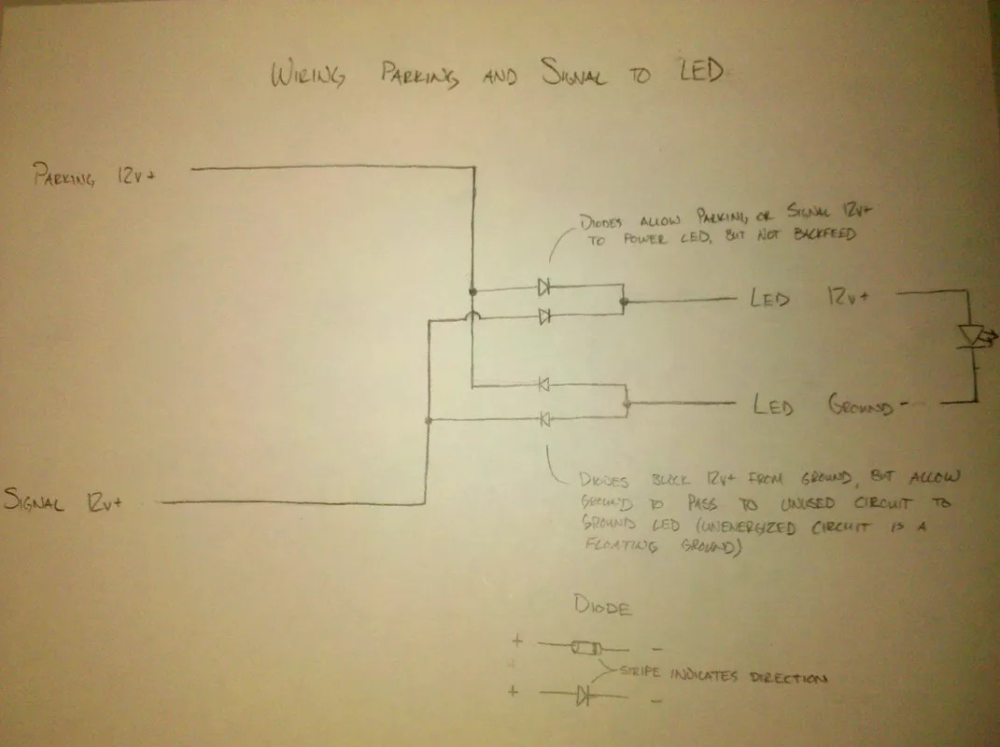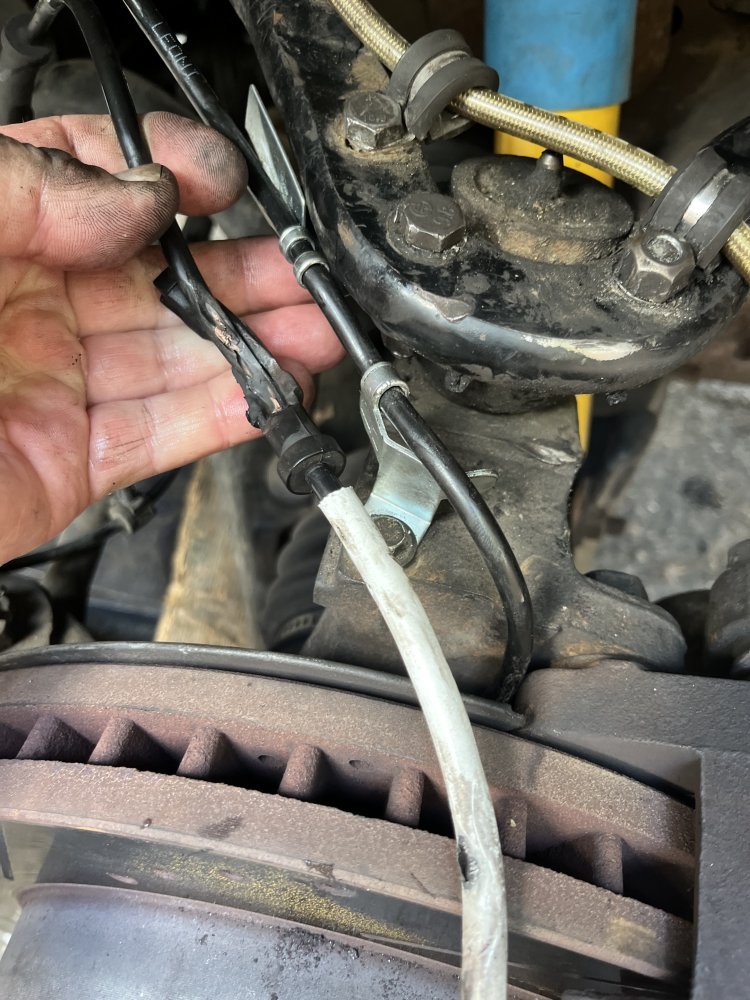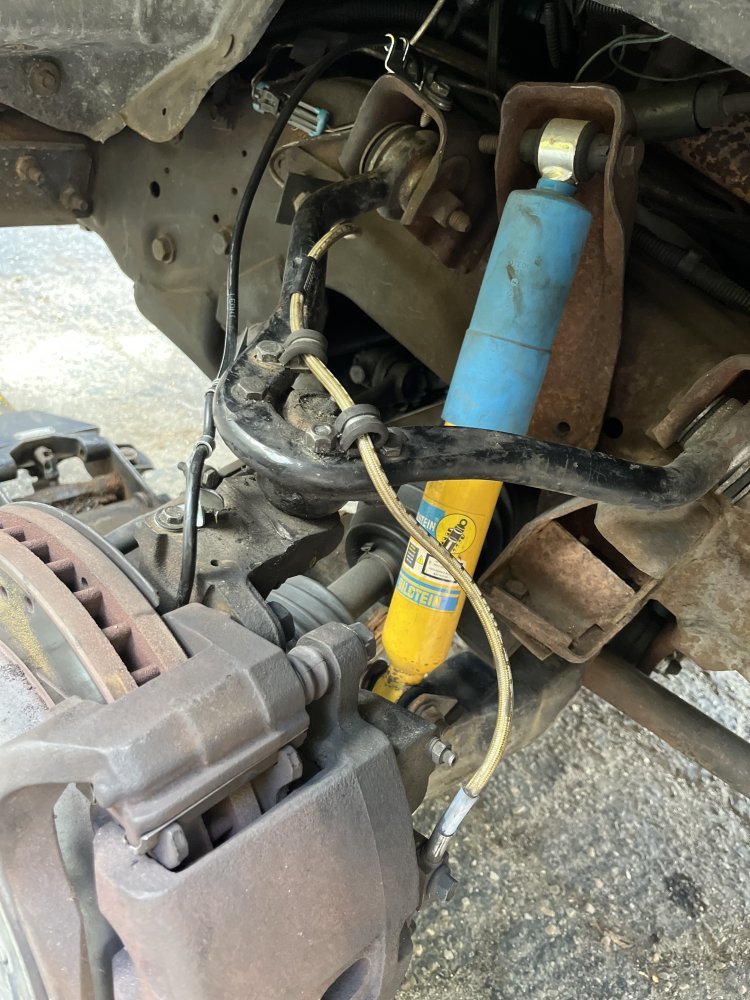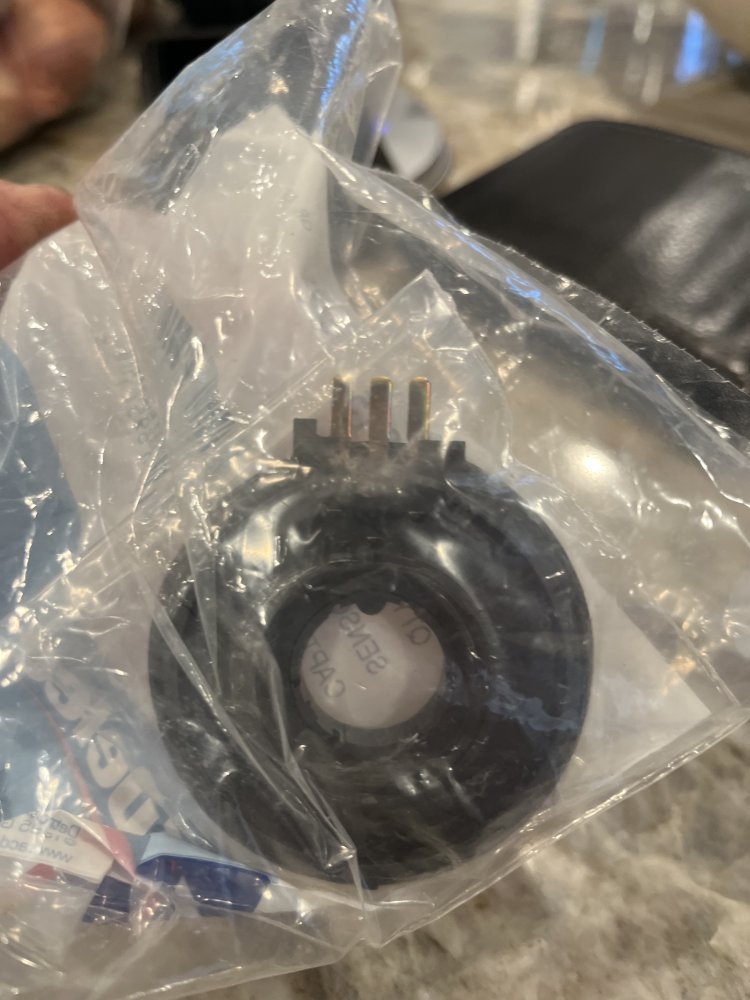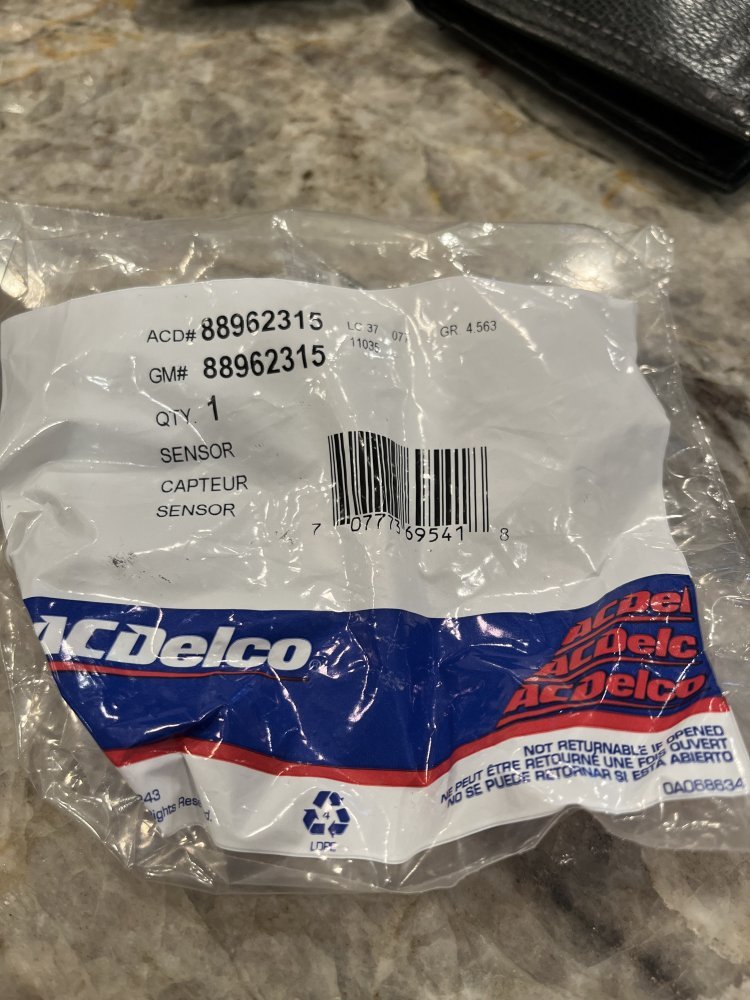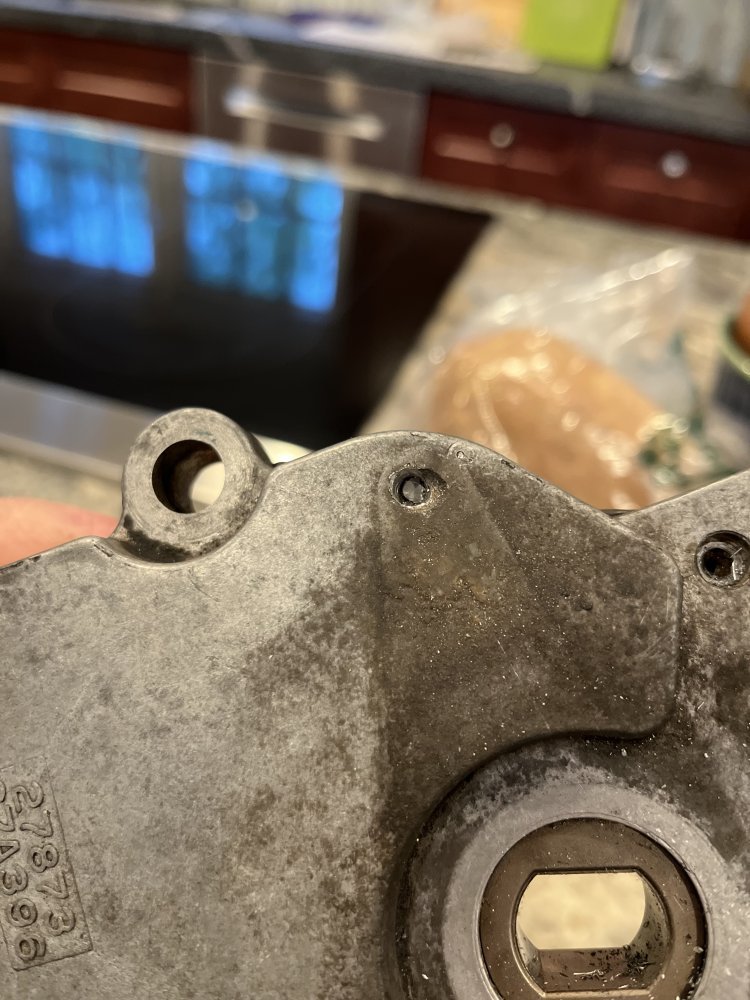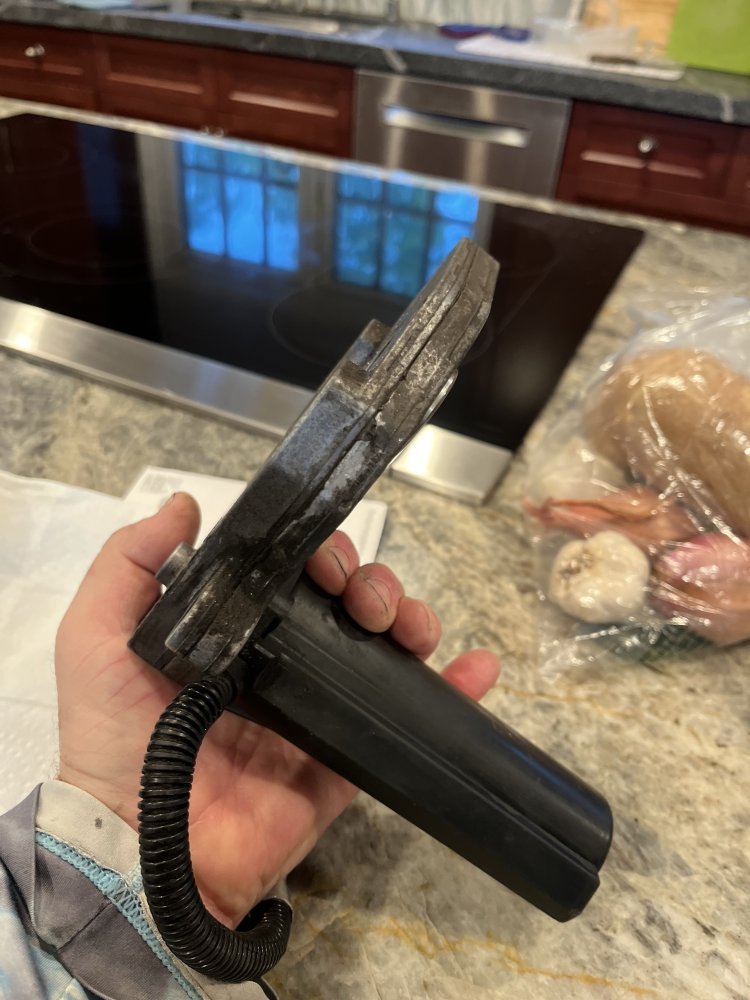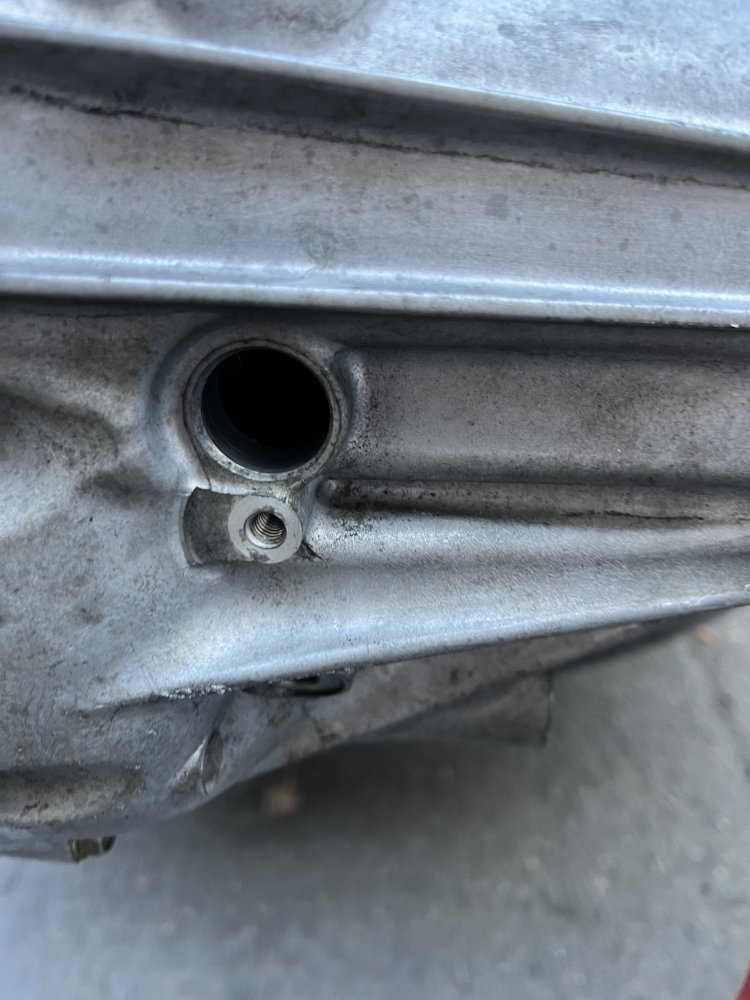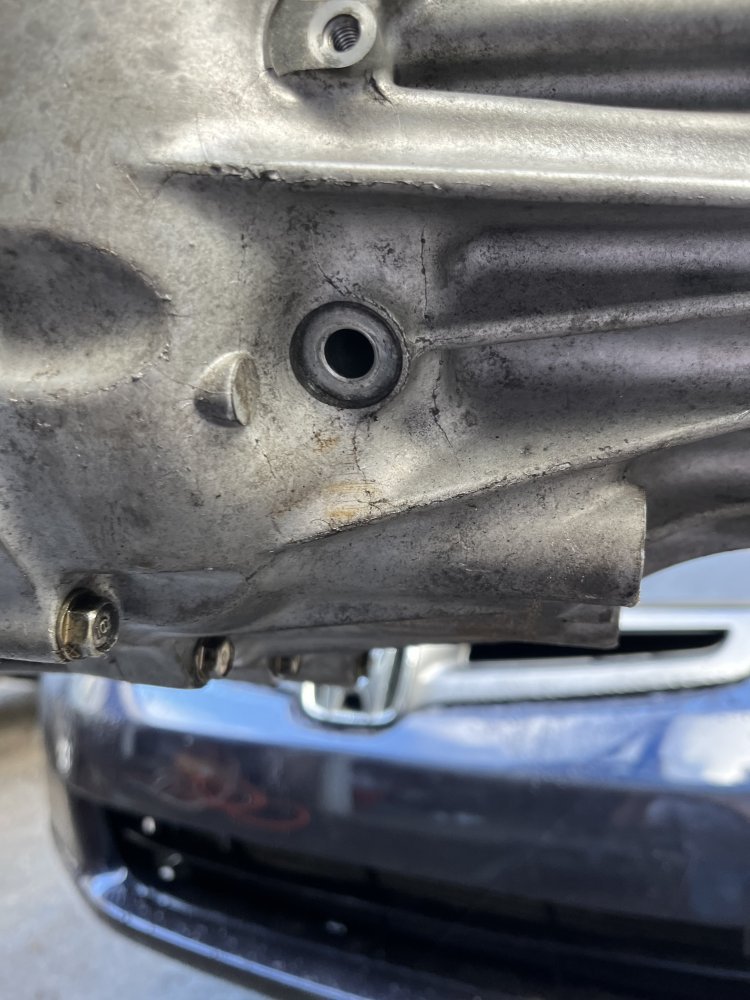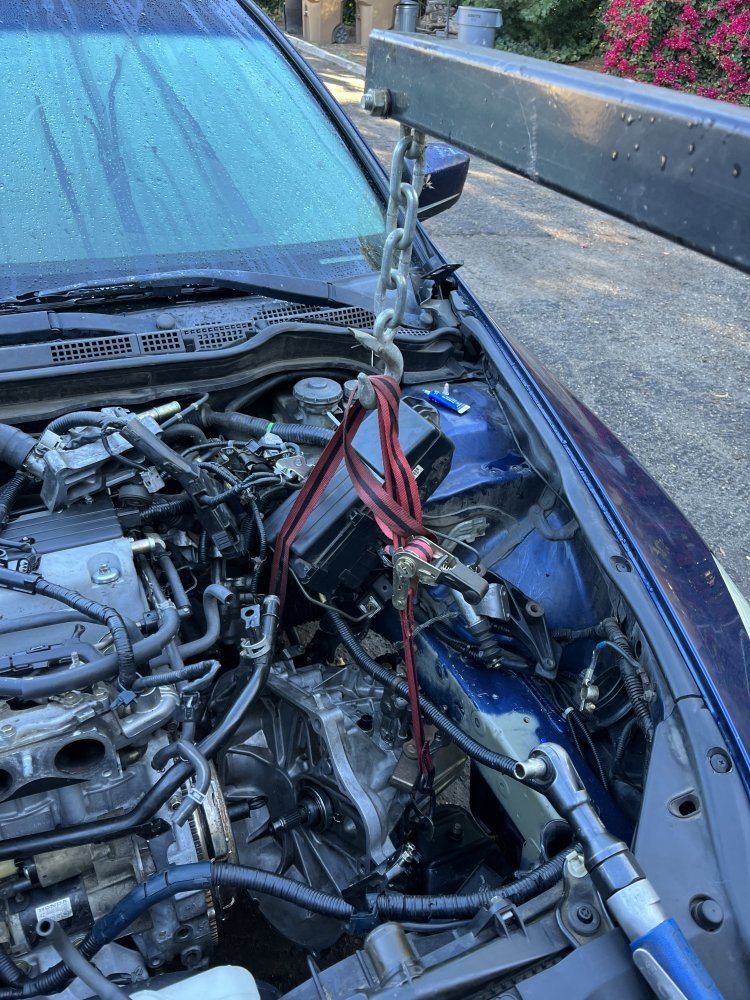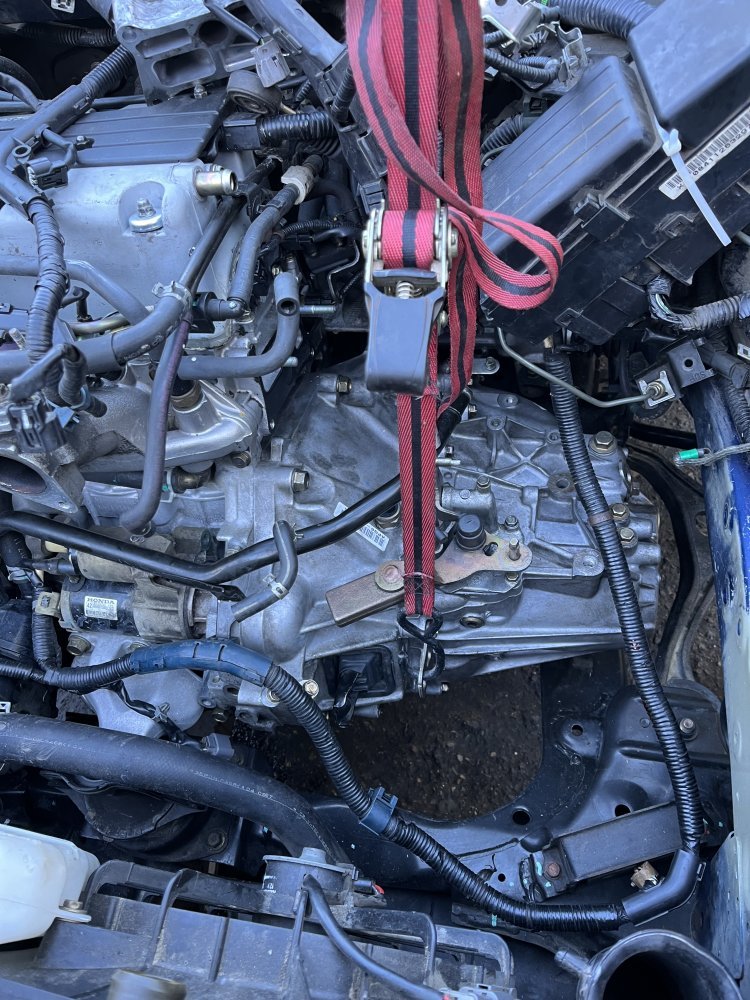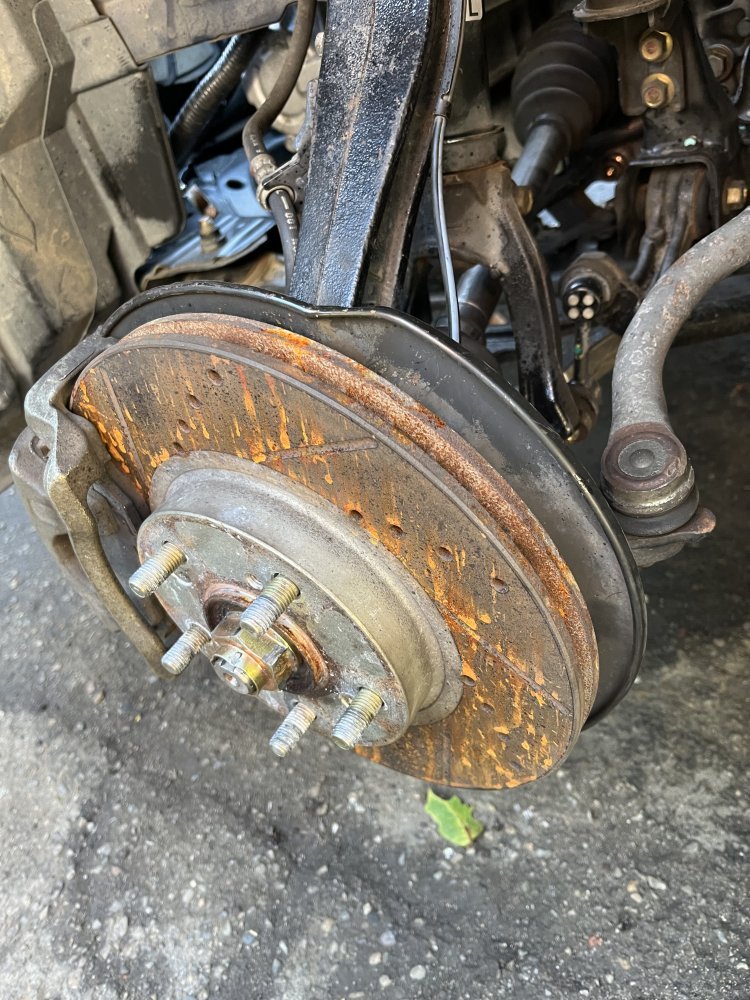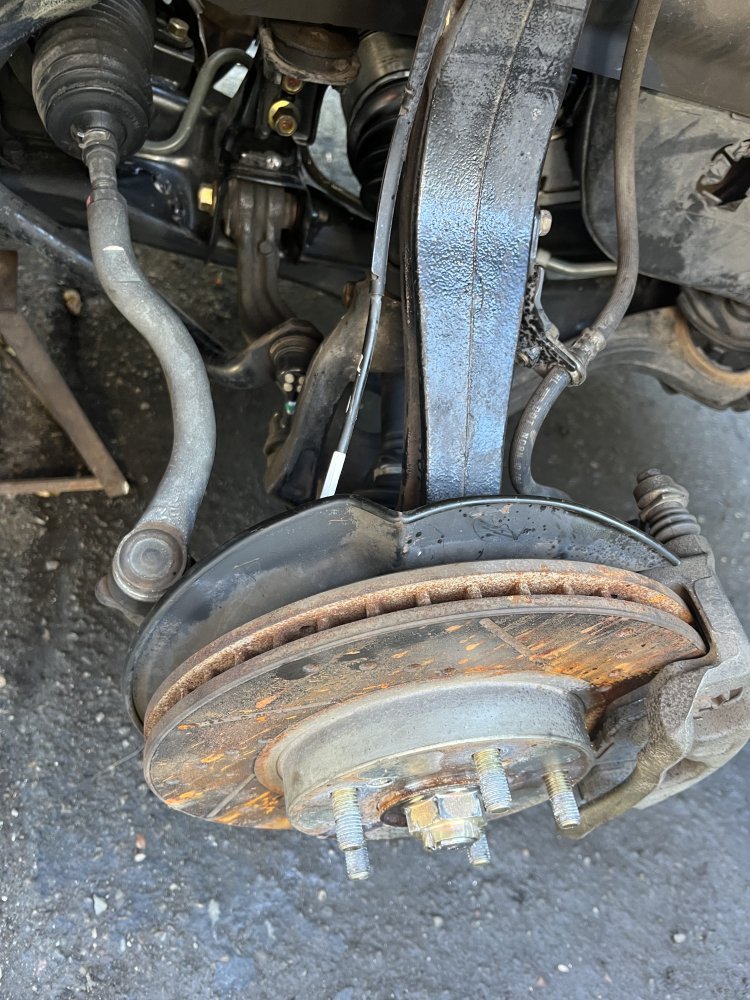Big T
Well-Known Member
This ^^^!That's good. And at least you had practice partially pulling the transmission doing the clutch replacement and it was recent enough that you could remember the procedure.
I’ve got all the bolts bagged and labeled. The coolant housing on the engine was uncharted by video, but it’s only 2 nuts and 2 bolts plus another bolt on an adjacent bracket. Then it’s coolant hoses, heater hoses, accelerator flap/vane box. Rest is on videos or easily remembered. It will take a full day, maybe more, to torque to spec.


